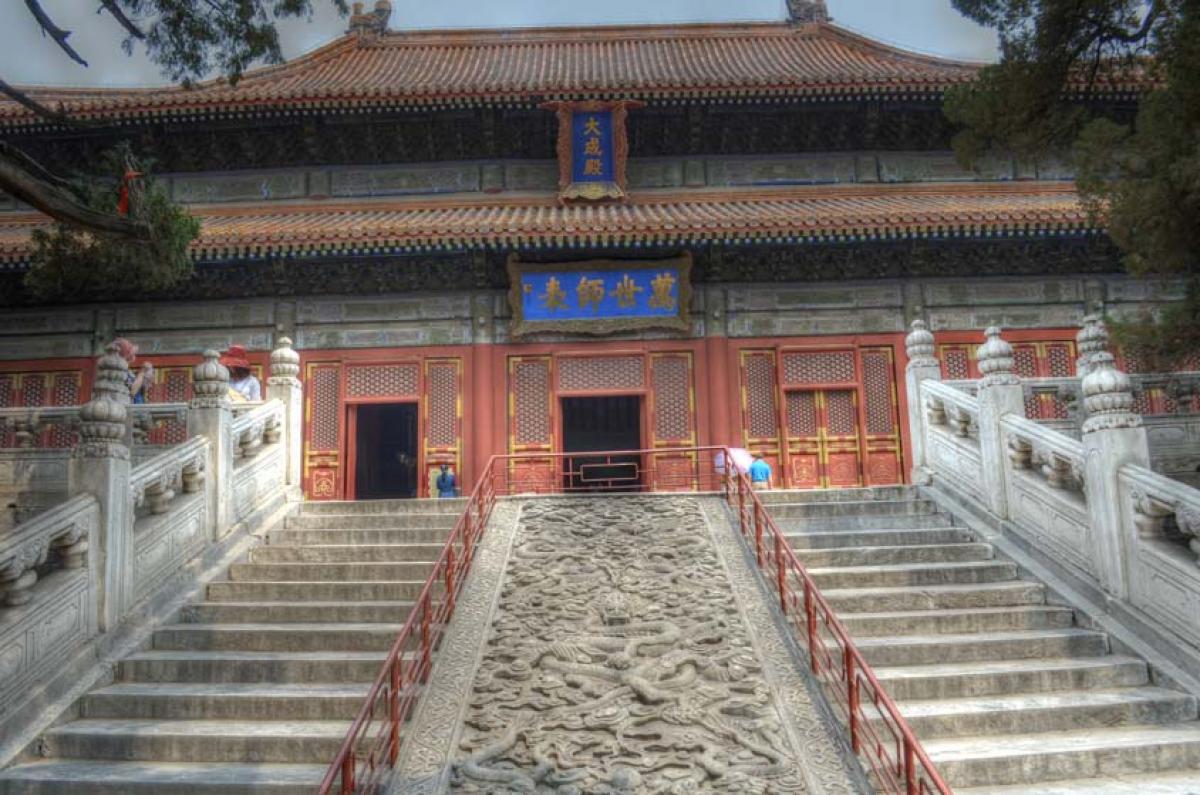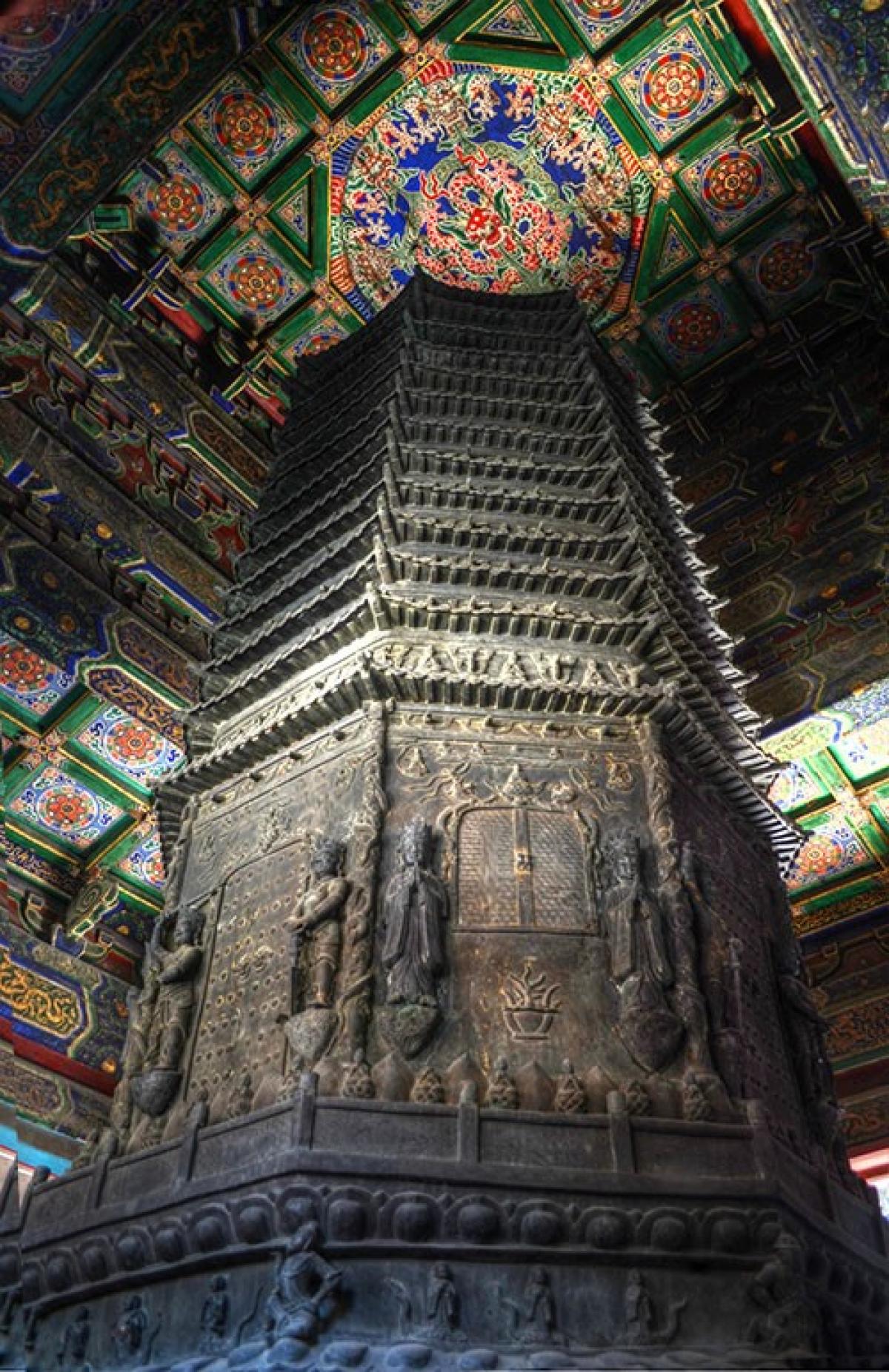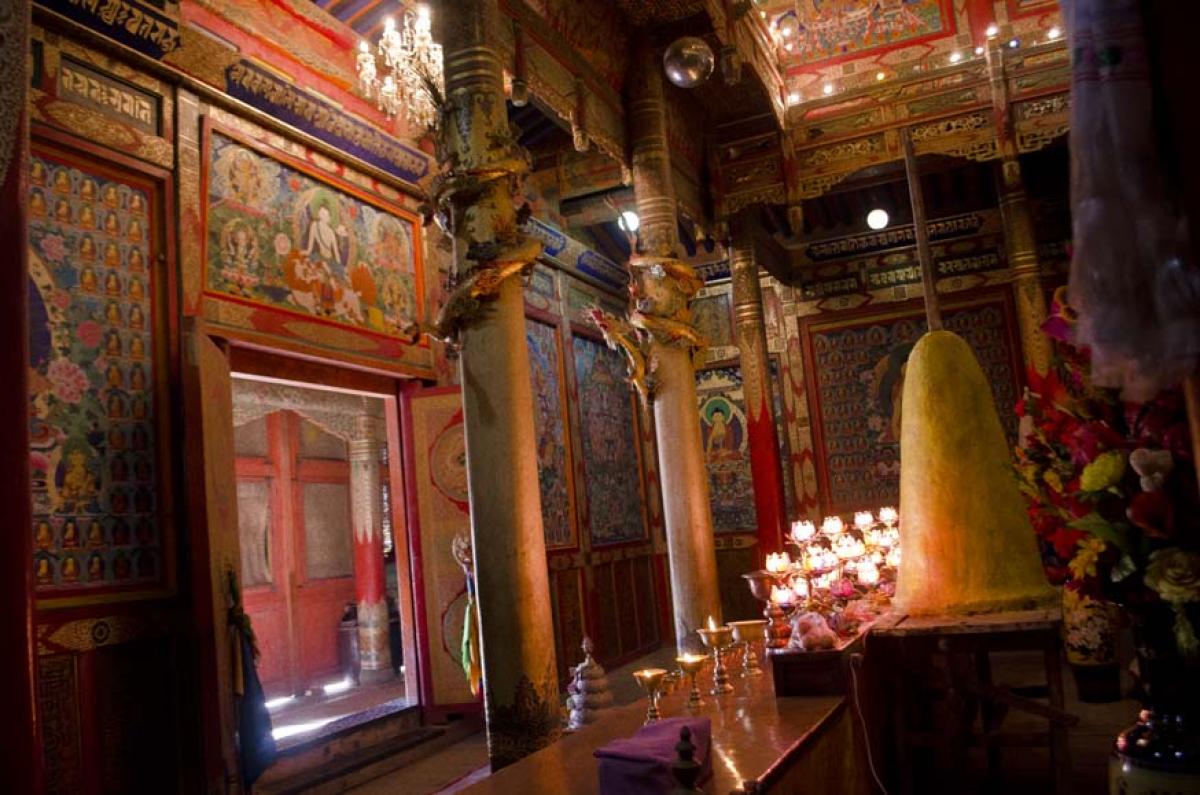Three perspectives on Confucianism: Mencius, Xunzi, and Hanfeizi
Published in People
Mencius Finding the Lost Heart
Confucius teaches that rituals can transform patterned behaviors we’ve fallen into, and in this process of self-cultivation we can grow beyond who we believe ourselves to be. These rituals can be seen to draw out our higher selves that has better qualities and mannerisms, and is a better version of ourselves that we are practicing to become.
Mencius followed Confucian schools of thought, and also believed that one should go with the flow of life and work with the different experiences that present themselves to us as an opportunity for personal growth. Mencius believes in Li as a practice that can be, and needs to be, learned. He admits that within the practices of Li are the expressions of “humanity and righteousness” that are individualistic to each human being. In this way, the human nature of the individual can be coaxed out and brought into the external.
“Charity is in the heart of man, and righteousness in the path of men. Pity the man who has lost his path and does not follow it and who has lost his heart and does not know how to recover it. When people's dogs and chicks are lost they go out and look for them and yet the people who have lost their hearts do not go out and look for them. The principle of self-cultivation consists in nothing but trying to look for the lost heart”
Each individual has similarities to other individuals, but also has unique differences that can be crucial for personal growth. Rather than making plans for a projected future we can simply put into action the behaviors that we are naturally good at and continue along that path. In that way, one can find oneself. If one loses one’s heart, then one is liable to become degraded and suffer from an unbalanced ch’i with various health and behavioral problems.
The underlying human nature that Mencius bases this personal growth upon is inherently good, and within this Hsing is tendency of man to grow beyond personal limitations toward full actualization of his own individual human nature. In this way, the four beginnings (ssu-tuan) can be developed, in which case the four virtues can mature within oneself and become spontaneous. The free will that one has over conscious decisions can nourish the ch’i can allow an individual to order their senses and cultivate the proper environment for the heart to maintain a feeling of spontaneous goodness, uncorrupted by the evils, degradation, and exploitations of the world. Through this processes then the individual can embody Heaven.
This Heavenly nature that one can embody within one’s essential human nature “Hsing” is a spiritual or transcendental realm that arises from following one’s own spontaneous heart. Heaven is then arising from within, or self-realized through a combination of yu-wei self-effort, as much as wu-wei spontaneity. So in this process of attaining Heaven, one must know oneself and one’s own heart completely as an individual entity that is capable of attaining a supernatural force that is potentially revealed to everyone who nurtures their own goodness.
Heaven also seems to have an active will of it’s own, and can decide successors to the throne of the King. There are references to Heaven which describe a rhythm or cyclical timing which can appear and disappear. Even so, the embodiment of Heaven is achieved through self-cultivation of one’s own good nature, and also easily lost through getting lost or absorbed with evil influences of the world.
Xunzi
In Xunzi’s philosophy, we find an insatiable appetite for sense gratification that is an unlimited capacity to distract oneself. Unlike the philosophy of Mencius, who viewed human nature as inherently good with free will towards cultivating a spontaneous heart, here with Xunzi we have spontaneous and overwhelming desires for sense gratification and ignorance that characterizes human nature.
Since individuals are seen to have boundless desires, then a system of rituals in order to allow for self-cultivation to create a sense of limits and austerity. Xunzi advocates for moral behavior strengthened by education and a sense of rules and laws that can further reinforced by institutional laws and penal codes which are led by a group of rulers who have the qualities and control over themselves. The laws themselves are upheld by noble rulers who can serve as an example and give guidance to the others. Xunzi believes that since most men will refuse to internalize the practices of li that lead to righteousness, then punishments must be made available. The rulers are not teachers in that sense, but are put in place to create order within society.
For Xunzi, learning is a central tenant of his philosophy, where he is focused on the mind as having capacity for personal growth through mental exercises and mental experiences which can acquire empirical knowledge, reason, and have logic. “The nature of man is without li and righteousness and man must strenuously engage in learning in order to seek to obtain them” These faculties separate from one’s human nature, and do not depend on an inherently good human nature. Learning results in self-mastery from a determined and disciplined effort that takes some exertion to internalize the spirit of “li and righteousness”.
Xunzi’s chapters of li and music show ritualistic devotion to music that can reinvigorate the spirit. In this way, li departs from a utitlitarian concept towards a spiritual practice reaching towards engagement with a sacred world in the service of spirits. It’s a cultural creation that li orders society towards and alignment with heaven and the universe. The universe serves as a blueprint for the natural laws of society to also order individuals in community circulate and are in harmony with to create societal order and create sacred space for the interaction with Heaven to occur.
Xunzi describes enlightenment “among the ten thousand things there is no form which one does not see… sitting one’s room one sees the four seas; located in th present one sees all eternity” That is only acquired by intellectual efforts. There are also some preconditions to achieve a proper inner nature of emptiness and quietude in order to fully visualize the transcendental dimensions of human intelligence. These preconditions allow for a clear state of mind in order to receive new knowledge. The cosmic intellectual download of knowledge. Xunzi describes a fierce attention towards recognizing and ridding oneself of the the inner evil or recalcitrant nature that pervades human affairs and clearing space of and cultivating a conscious mind that partakes in yu-wei efforts to control their minds and ultimately create order within themselves so as to participate in society to create order as well. The activism of this fierce discipline is then reinforced by rewards and punishments, that can then allow the desires and passions to be channeled into a state of higher service to create one’s higher self.
Han Feizi’s Rewards and Punishments
Han Feizi 韓非(280-233 B.C.E) was a major political theorist and member of the state of Han. During the Warring States period, He wrote a book with 55 chapters, and within it are a collection of essays on government, state power, history, and commentaries on philosophical works. Most of the chapters are addressed to Kings. He was a student of Xun zi, along with Lizi who was the prime minister of the state of Ch’in.
Han Feizi had visions of a utopian society, and the belief in a unified state under the Legalist philosophy and politics. He believed in a rational government that served public interest would bring people together and create peace and harmony. In Han Feizi’s system he eliminates the need for “men of worth” and “enlightened rulers” with their own “private theories” with the vision that these men will bring about the creation of a collaborative system, that no longer needs them to orchestrate it or be a part of it.
By systematically using Fa (law), leaders can be maintained, and resources managed in order to then provide a practical means for administration. Fa is impersonal and gives weight to one’s merit to be a ruler, but does not exclude one from being rewarded and punished. This system of Fa has to be put in place by a sage ruler, who has good qualities and virtues. His position has to be clearly established to enact the rewards and punishments, and not surrender his duties to ministers or other men of a lower rank. Otherwise, then the ruler could also become subject to the dealings of rewards and punishments of his own ministers. Only after this sophisticated legal system is in order will man’s true nature be realized.
“Government through law exists when the ruler’s edicts and decrees are promulgated among the various departments and bureaus, when the certitude of punishments and penalities is understood in the hearts of the people, when rewards are given to those who respect the law, and when penalties are imposed on those who violate the ruler’s decrees.”
Once the new system of Legalism has been constructed with a government exhibiting bureaucratic behavior then a system of rewards and punishments “the two handles” will be upheld by the rulers and then all of society will natural fall subservient to those decrees. These laws provide incentives for the society to secure the rewards of completing tasks and proposals, and also avoid punishments by neglecting to uphold their duties and achieve results.
“Therefore, an enlightened ruler uses the people’s strength and does not listen to their words; he rewards their achievements and completely prohibits useless activities. As a result, the people exhaust every ounce of their strength in obedience to their superiors.”
A “natural” system of human organization will be aligned with the Tao and a wu-wei state of harmony and spontaneity will naturally arise due to the enlightened ruler’s natural ability to set the right example for others to follow. The enlightened ruler, allows his subordinates to achieve higher ranks according to their merit, thus giving incentive for men to work harder to gain a higher level of service. It’s the job of the ruler to make sure that the ministers make proposals and then allow them to fail to match it with actions or results.




